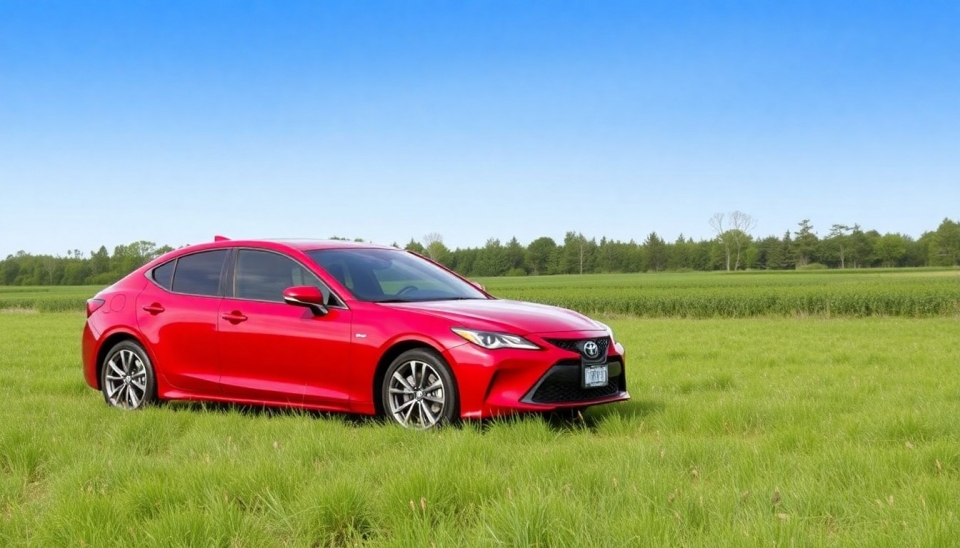Unique Experiment: How the Toyota Land Cruiser Outperformed Bread in Aerodynamics

Recently, an internet debate erupted comparing the aerodynamic characteristics of the Toyota Land Cruiser SUV and a loaf of bread. This unusual juxtaposition became a topic of discussion following an intriguing study emphasizing the importance of aerodynamics for improving fuel efficiency and overall vehicle performance.
The study began when some users noted that the shape of modern SUVs, including the Toyota Land Cruiser, significantly affects their performance. Simultaneously, the question arose as to how such shapes compare to other everyday objects, such as bread. This comparison revealed that even simple forms like bread can exhibit surprisingly poor aerodynamic characteristics, especially when viewed in the context of vehicle design.
Experts analyzed the aerodynamic qualities of the Toyota Land Cruiser and found that its streamlined shape and carefully designed body lines help reduce air resistance. In contrast, bread has rather abrupt and asymmetrical shapes, leading to a less effective performance when moving through the air.
Thus, although this comparison may seem absurd, it highlights the importance of details in design and functionality. Automotive designers and engineers will continue to refine their constructs in pursuit of reduced air resistance, aiming to improve fuel efficiency and performance, ultimately benefiting all drivers.
This experiment serves as a good example of how even the most overlooked aspects of everyday life can interact with more complex technologies and concepts such as automotive aerodynamic characteristics.
#Toyota #LandCruiser #AeroDynamics #FuelEfficiency #AutomotiveEngineering #Innovation




